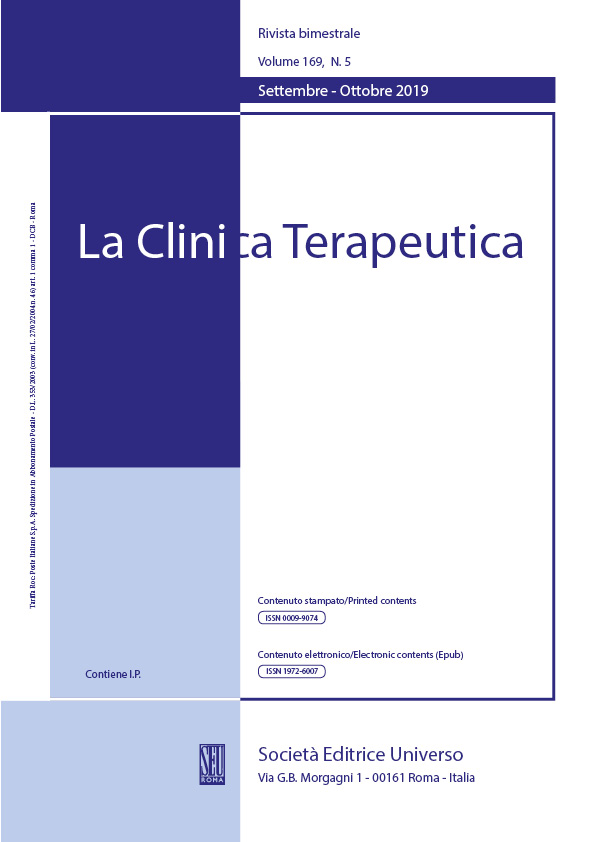Abstract
Introduction
The first step in the forensic identification is sex determination followed by age and stature estimation, as both are sex-dependent. The mandible is the largest, strongest and most durable bone in the face. Mandible is important for sex confirmation in absence of a complete pelvis and skull.
Aim
The aim of the present study was to determine sex of human mandible from morphology, morphometric measurements as well as discriminant function analysis from the CT scan.
Materials and methods
The present retrospective study comprised 79 subjects (48 males, 31 females), with age group between 18 and 74 years, and were obtained from the post mortem computed tomography data in the Hospital Kuala Lumpur. The parameters were divided into three morphologic and nine morphometric parameters, which were measured by using Osirix MD Software 3D Volume Rendering.
Results
The Chi-square test showed that men were significantly association with square-shaped chin (92%), prominent muscle marking (85%) and everted gonial glare, whereas women had pointed chin (84%), less prominent muscle marking (90%) and inverted gonial glare (80%). All parameter measurements showed significantly greater values in males than in females by independent t-test (p< 0.01). By discriminant analysis, the classification accuracy was 78.5%, the sensitivity was 79.2% and the specificity was 77.4%. The discriminant function equation was formulated based on bigonial breath and condylar height, which were the best predictors.
Conclusion
In conclusion, the mandible could be distinguished according to the sex. The results of the study can be used for identification of damaged and/or unknown mandible in the Malaysian population
